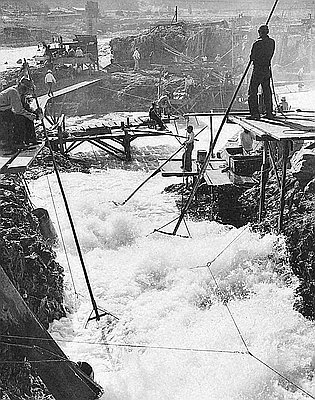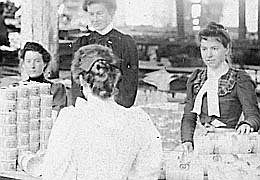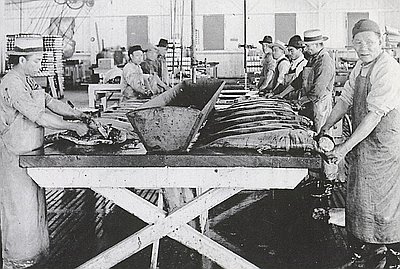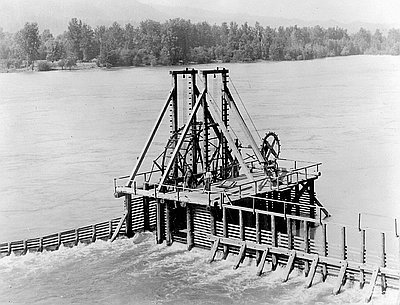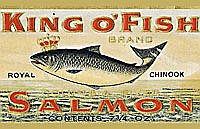Conclusion
When the first American and European explorers sailed to the Pacific Northwest, they traded with Native people for essential food items, including salmon. Seagoing and overland explorers, fur trappers and traders, Protestant and Catholic missionaries, and American settlers entered a region that was connected by commercial trade corridors, in which dried and fresh fish played a central role. When ambitious settlers created a non-Native commercial fishery in the region, Indians participated in it while they continued to work their own fisheries. From the onset of contact, between Natives and whites, regional material culture reflected the traditional and the new, an exchange that is still evident today.
Non-Natives often have interpreted the Indians’ adoption of new practices as a rejection of tradition and an embrace of “civilization,” rather than as a continuation of a centuries-long adaptation to a changing world. Some non-Indians romanticized a lost indigenous past even as they worked with Indians in the commercial fishery. For instance, the Seufert Cannery, located on the mid-Columbia River, sold canned salmon under the Tenino brand, a reference to the Indians who lived in the vicinity of Celilo Falls and fished on the John Day, Deschutes, and Columbia Rivers. The label illustrated what many Americans believed was an authentic image—an Indian man in regalia mounted on a white horse adorned with feathers. But this Plains-style image erases the historical reality of Native fishers as well as the contemporary reality of the Indians from whom the Seuferts purchased salmon. While the complexities of life may not have suited the needs of marketers, they present historians with the density and contradictions that make the past a fascinating place.
© Katrine Barber, 2006. Updated and revised by OHP staff, 2014.

